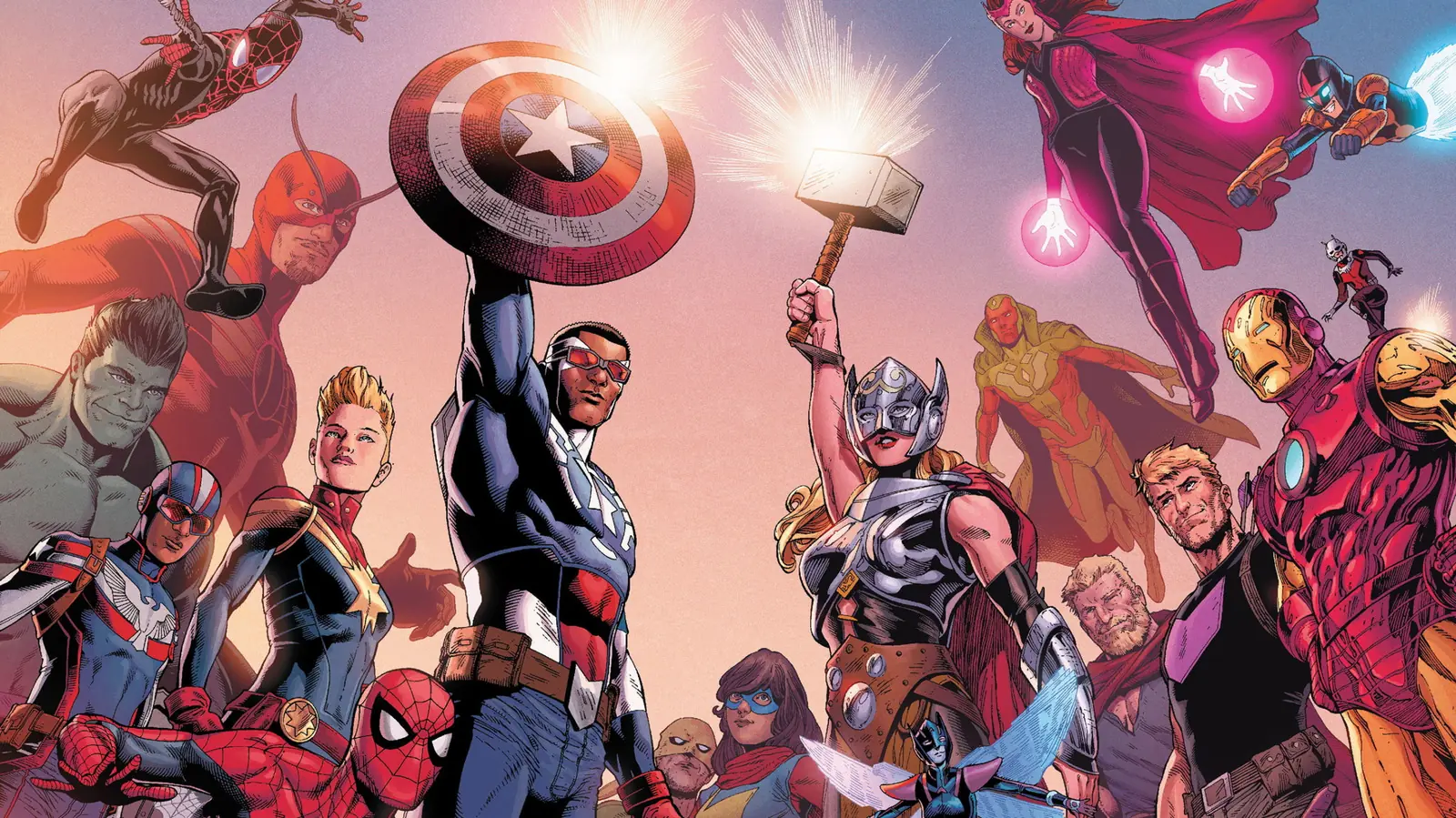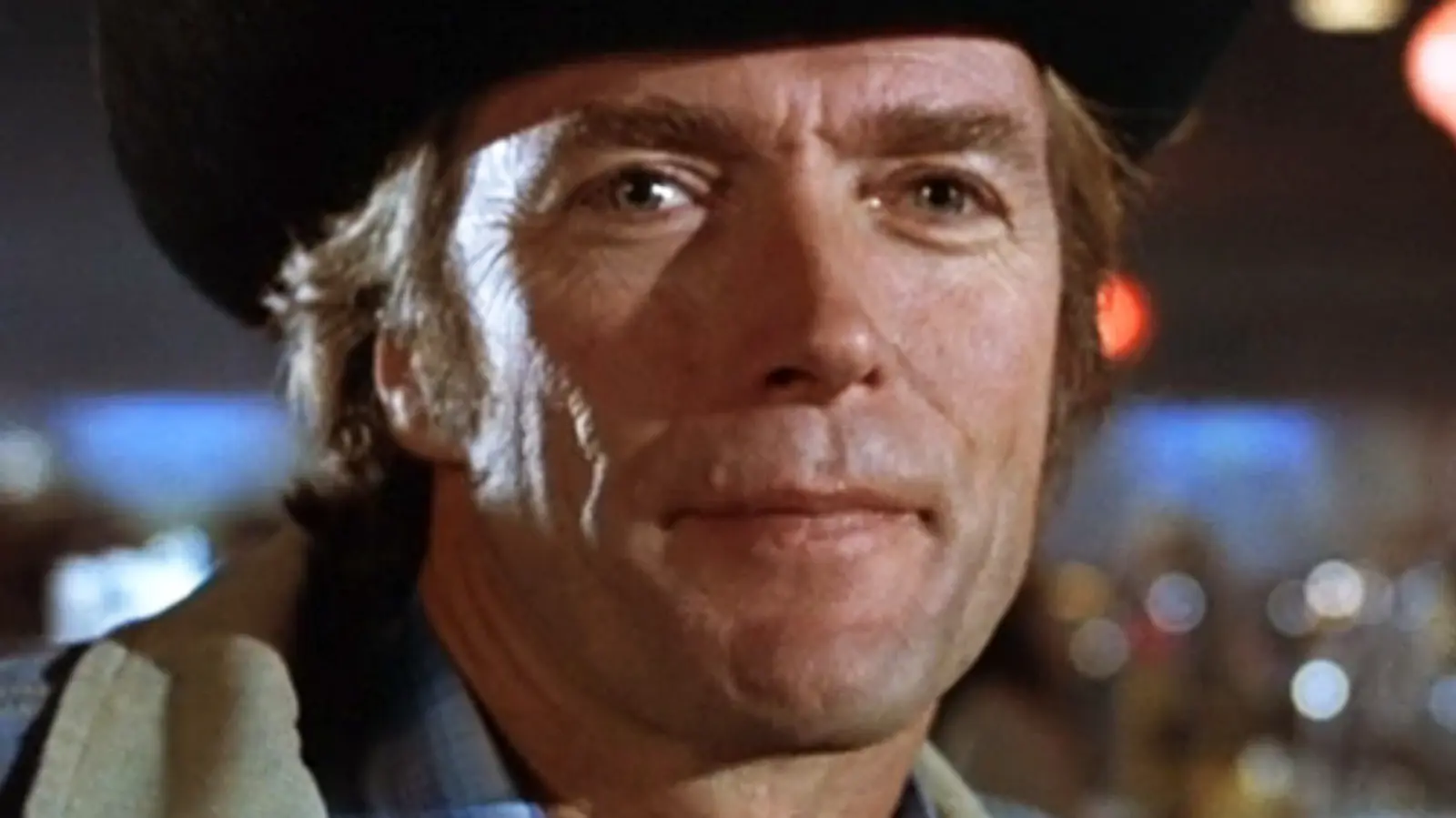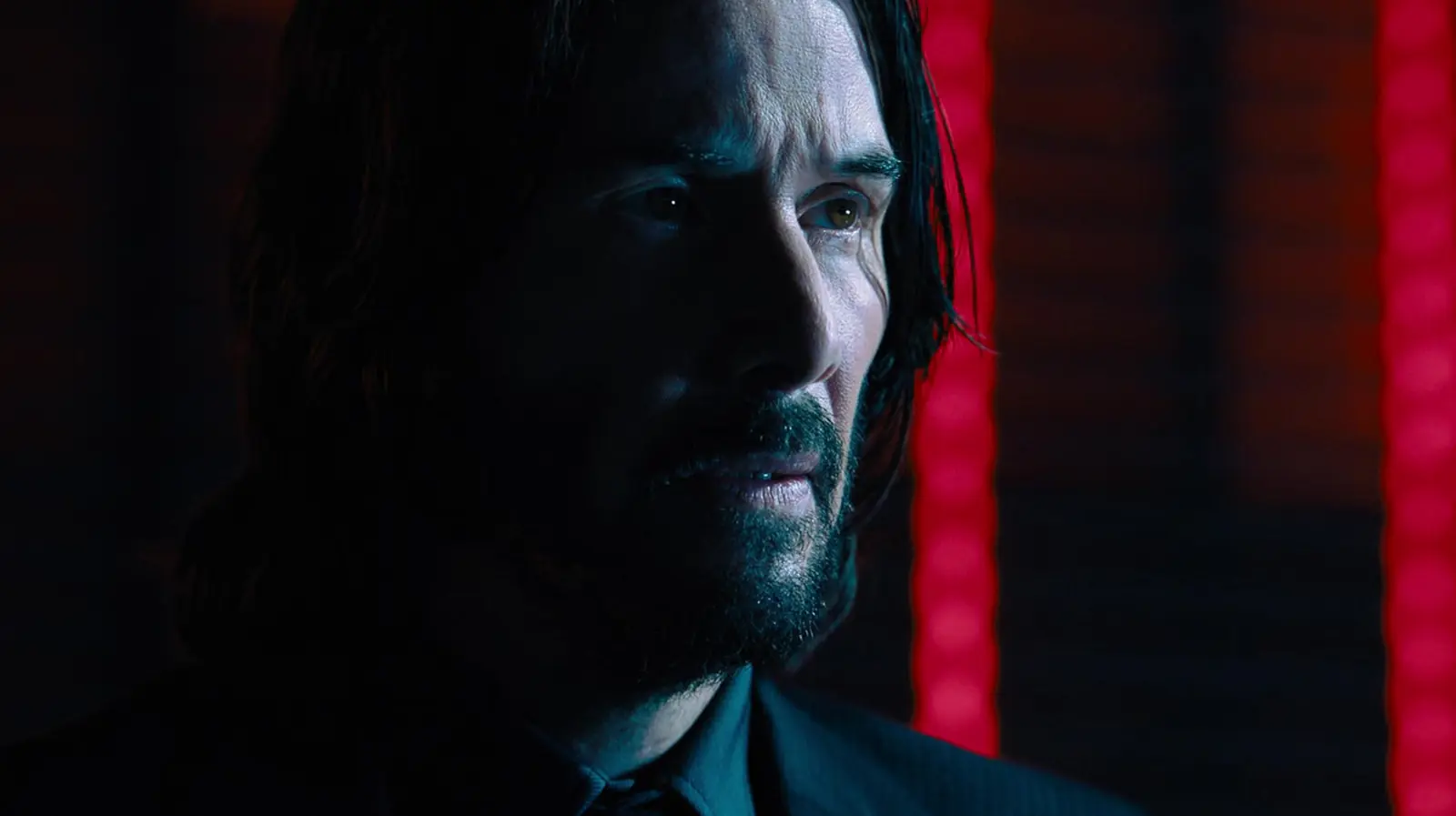The cinematic rebirth of the Dark Knight in 2005 with Christopher Nolan’s “Batman Begins” marked a new era for superhero films. Unlike the more colorful and campy interpretations of Batman seen in films from previous decades, Nolan’s approach was gritty and realistic, yet he consciously decided not to push the boundaries into territory that would garner a Restricted (R) rating. But why did Nolan choose to tame his vision for what could’ve been a much darker and more adult adaptation?
Christopher Nolan, known for his cerebral storytelling and complex narratives, set out to redefine the superhero genre through a more grounded lens. “Batman Begins” was a pivotal moment, stepping away from previous iterations that leaned heavily into theatrics and sometimes outlandish villains. Nolan’s intention was to delve into the psychology of Bruce Wayne and explore the transformation from a haunted heir into Gotham’s silent guardian.
The director’s vision for the film was never intended to breach the R rating. In interviews, Nolan has often highlighted his belief in creating accessible yet sophisticated films that engage a broad audience without losing the essence of the story. For Nolan, the PG-13 rating allowed him to strike a balance between intensifying the thematic elements of fear and justice while maintaining the wide appeal necessary to include younger audiences who are integral to the superhero fanbase.
One major reason for eschewing an R rating was linked to the very nature of the character and his historical audience reach. Batman, since his creation by Bob Kane and Bill Finger in the late 1930s, has been a symbol of vigilance and moral complexity. However, for decades, Batman has reached audiences as young as ten years old, through comics, cartoons, and toys. Keeping “Batman Begins” PG-13 meant adhering to the character’s universal appeal and the rightful expectations of its varied fanbase.
In crafting “Batman Begins,” Nolan and co-writer David S. Goyer aimed to focus on storytelling and character development without the gratuitous use of violence or adult themes that an R rating might permit. They wanted to illustrate Bruce Wayne’s transformation deeply and intimately by focusing on character-driven narratives rather than submersing the film in graphic content. The fear portrayed was psychological, embedded in the narrative through the character of Scarecrow and the underlying threats, rather than explicit visuals.
The decision not to push for an R rating also aligned with Warner Bros.’ marketing strategy. The studio recognized the mass commercial potential of Batman as a franchise more than as a singular film venture. By keeping the rating at PG-13, they maintained a family-friendly stance that supported the sale of film-related merchandise, from action figures to video games, ensuring a diversified stream of revenue.
Nolan’s approach was innovative; he used darkness not for shock but for depth, crafting a hero centered in a moral grey area, resonating with viewers of multiple demographics. “Batman Begins” wasn’t just a commercial success; it was acclaimed critically for its sophisticated narrative and visual style, supporting the notion that a rich story does not require an elevated rating to attain cinematic quality or rigor.
The critical success of “Batman Begins” laid the groundwork for the even darker, yet still PG-13 rated, sequels such as “The Dark Knight” and “The Dark Knight Rises”. These films explored even more intense themes of anarchy, chaos, and redemption. Nolan was able to escalate the stakes and delve further into the character’s dilemmas without crossing into an R territory, showing that ratings do not necessarily limit storytelling complexity or audience engagement.
Nolan’s decision is often compared to depictions of other iconic superheroes, exploring whether a future adaptation of Batman might explore more adult themes. However, his trilogy continues to be the gold standard for many fans and filmmakers alike for balancing darkness with approachability. Where the DC Extended Universe has at times opted for grittier, more violent narratives, Nolan’s work shows the enduring appeal of subtlety and intelligence in superhero cinema.
While there are fans who remain curious about what an R-rated “Batman Begins” might have entailed, its absence has not detracted from the film’s standing as one of the quintessential superhero movies of its time. The deliberate keeping of its PG-13 rating positioned it as a benchmark of how mature storytelling could coexist with broad accessibility, achieving both critical and commercial success.
In conclusion, Christopher Nolan’s decision not to create an R-rated version of “Batman Begins” was a calculated choice rooted in a vision that respected both the source material and its audience. It underscored the belief that complexity in storytelling is not bound by censoring classifications. Nolan’s strategy revealed how the realms of high-quality cinema and wide-reaching appeal can comfortably coalesce, laying a foundation for future adaptations of the Dark Knight and beyond.






